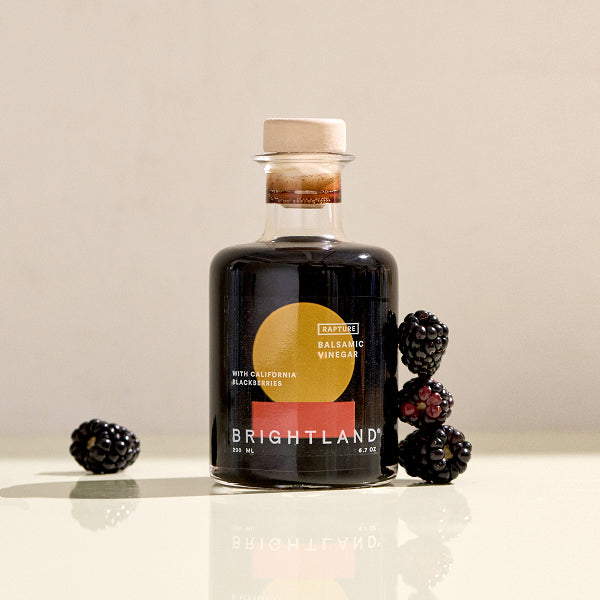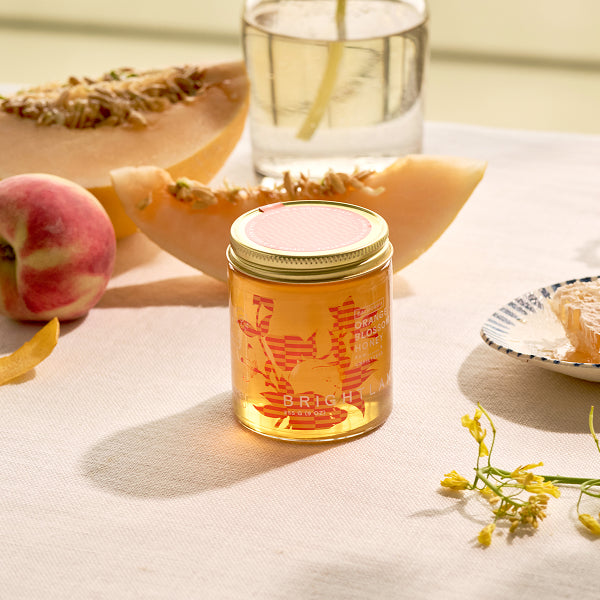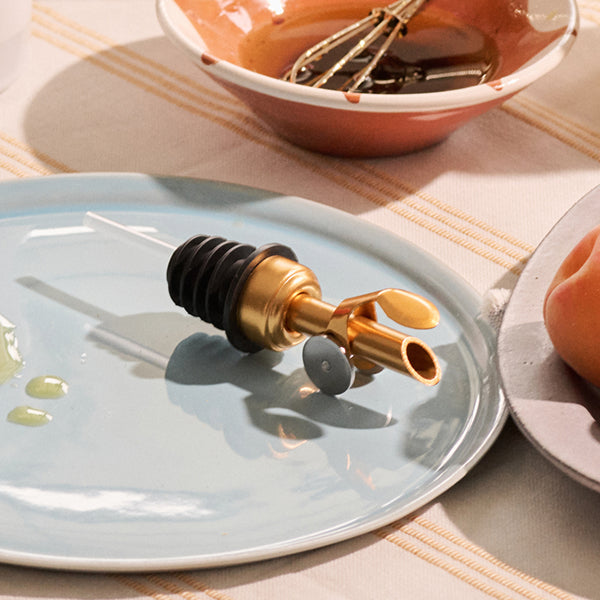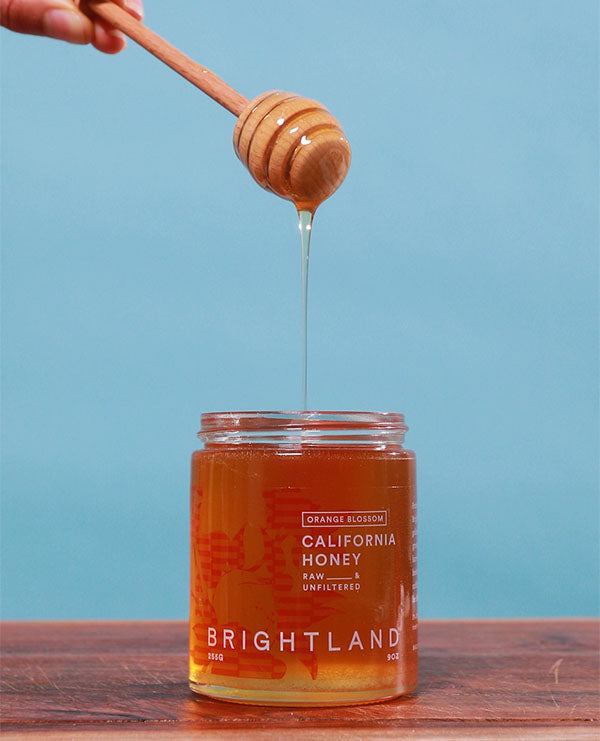[open type="rte"]
Discussion of acids and bases probably brings back memories of high school chemistry class, but knowing whether foods are acidic or basic can actually be very handy in your adult life. Today, we will discuss whether vinegar is an acid or a base by refreshing the fundamentals of the pH scale and explaining why the acidity of your food matters.
[close type="rte"][open type="images" small="true"]

[close type="images"][open type="rte"]
Overview of the pH Scale
When people say that something is an acid or a base, what they are really talking about is where it falls on the pH scale. The pH scale is a spectrum used to indicate how acidic or alkaline (a.k.a. basic) a substance is. It can be used for foods, chemicals and pretty much anything that is liquid or semi-liquid.
The pH of a substance is measured on a scale that runs from 0 to 14 — 0 represents extremely acidic substances and 14 represents extremely basic or alkaline. Seven is the neutral point and represents substances that are neither alkaline nor basic (distilled water has a pH of 7, for example).
Blood in human bodies has a slightly alkaline pH that varies between 7.35 and 7.45. However, our stomachs are quite acidic in order to promote the digestion of food, usually falling between 1.5 and 3.5 on the pH scale. Your lungs, kidneys and other organs work together in a complex process to regulate the pH of the various parts of your body and to ensure that it stays within normal parameters.
[close type="rte"][open type="rte"]
[close type="rte"][open type="rte"]
Is Vinegar an Acid or Base?
Now that we have defined what a pH scale is, we can talk about whether or not vinegar is an acid or a base. The short answer is that all types of vinegars are acids! The slightly longer version is that while all vinegars are acids, their exact acid levels (i.e., their individual pH measurement) vary between different types of flavored vinegars and even bottle to bottle. Generally speaking, most vinegars fall somewhere between 2 and 3 on the pH scale.
If you are really that curious, it is actually pretty simple to measure the pH of vinegars at home. You can get pH test strips for pretty cheap online. Just make sure that it measures the acidic range that vinegars fall in (most pH strips aren’t designed to test the entire pH spectrum, only a subsection of it). Pour a little vinegar in a container and submerge the pH strip for the amount of time specified by the instructions and then compare the color swatch to the packaging to figure out how acidic your vinegar is.
[close type="rte"][open type="images" count="1"]

[close type="images"][open type="rte"]
[close type="rte"][open type="rte"]
Why Does the Acidity of Foods Matter?
At this point, you might be wondering why the acidity of your food matters. After all, if your organs work to regulate the pH of your body, then does it really matter how acidic your food is? While the link between the acidity of food and long-term health issues is less clear, it is known that highly acidic foods can worsen acid reflux, heartburn and stomach ulcers, especially in the short-term.
If you already suffer from these stomach issues, take care when eating champagne vinegar and other foods that are known to be acidic. You can combine it with alkaline foods like quinoa, potatoes and lentils to help balance out the pH of your meal. Over-the-counter products such as antacid tablets can also help if you already have high levels of stomach acid.
If you are looking to upgrade your pantry staples, check out our collection of vinegars, olive oils, raw honey and more. All of our products are sourced from family farms in California and elsewhere for premium products that you can trust. Plus, you will get free shipping on all U.S. orders over $79!
[close type="rte"]























